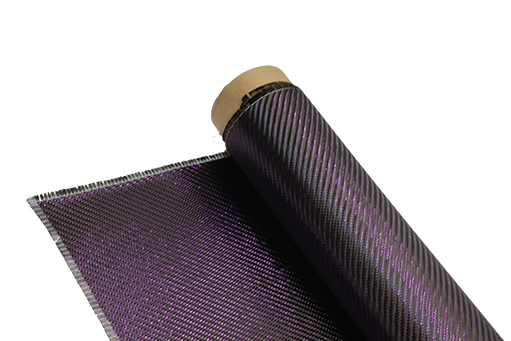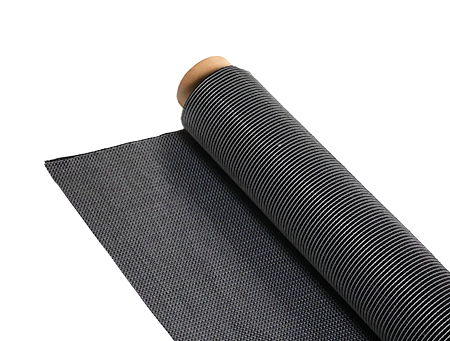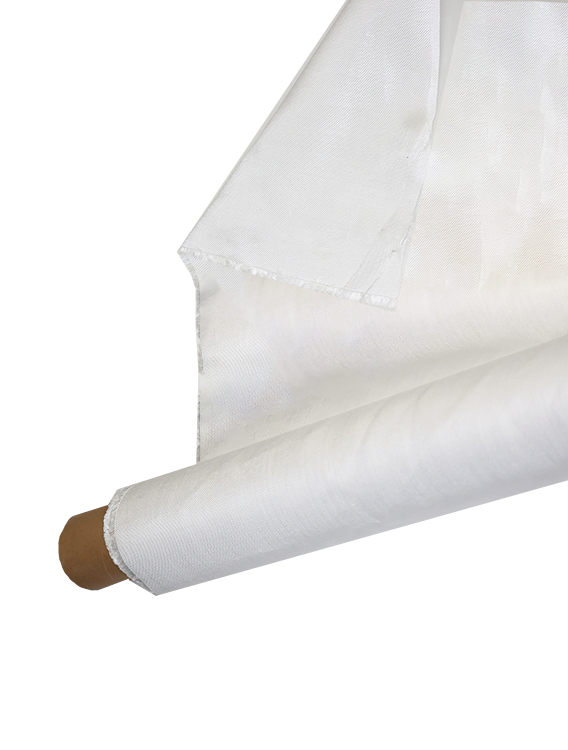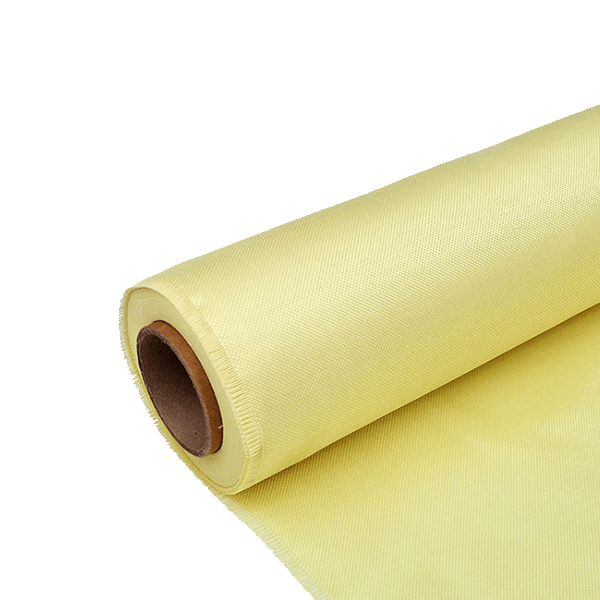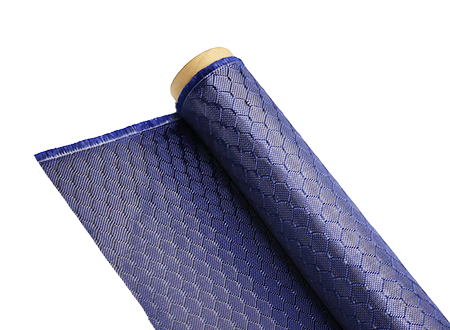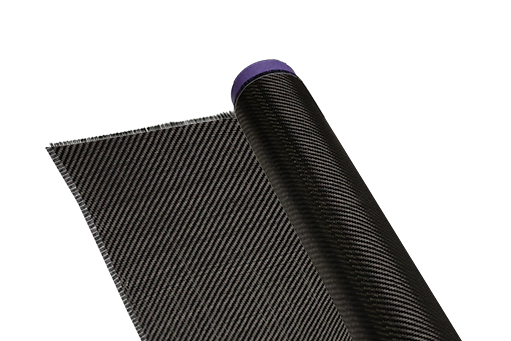Does Blue Carbon Fiber Fade Under UV Exposure?
-
Table of Contents
“Blue Carbon Fiber: UV Resilience Meets Lasting Vibrance.”
Introduction
Blue carbon fiber is a popular material known for its lightweight strength and aesthetic appeal, often used in automotive, aerospace, and consumer products. However, one concern that arises with its use is the potential for fading when exposed to ultraviolet (UV) light. UV exposure can lead to degradation of various materials, affecting their color and structural integrity. This introduction explores the factors influencing the fading of blue carbon fiber under UV exposure, including the composition of the resin used, the quality of the carbon fiber, and the environmental conditions it is subjected to. Understanding these aspects is crucial for manufacturers and consumers alike to ensure the longevity and appearance of blue carbon fiber products.
Effects of UV Exposure on Blue Carbon Fiber Durability
The durability of materials used in various applications is a critical consideration, particularly when those materials are exposed to environmental factors such as ultraviolet (UV) radiation. Blue carbon fiber, known for its lightweight and high-strength properties, has gained popularity in industries ranging from automotive to aerospace. However, one of the pressing concerns regarding the longevity of blue carbon fiber is its susceptibility to fading under UV exposure. Understanding the effects of UV radiation on this material is essential for manufacturers and consumers alike, as it directly impacts the aesthetic and functional qualities of the products made from it.
To begin with, it is important to recognize that carbon fiber itself is inherently resistant to many forms of environmental degradation. This resistance is primarily due to the chemical structure of carbon fibers, which are composed of tightly bonded carbon atoms. However, the blue color in blue carbon fiber typically comes from dyes or pigments added during the manufacturing process. These additives can vary significantly in their stability when exposed to UV radiation. Consequently, while the structural integrity of the carbon fiber may remain intact, the color may not be as resilient.
When blue carbon fiber is subjected to prolonged UV exposure, the energy from the UV rays can break down the chemical bonds in the dyes or pigments. This degradation process can lead to a phenomenon known as photodegradation, where the color fades over time. The extent of this fading can depend on several factors, including the specific type of dye used, the concentration of the dye, and the duration and intensity of UV exposure. For instance, some dyes are formulated to be more UV-resistant than others, which can significantly influence the longevity of the color in blue carbon fiber products.
Moreover, the environment in which blue carbon fiber is used plays a crucial role in determining its durability under UV exposure. For example, products that are frequently exposed to direct sunlight, such as outdoor furniture or automotive components, are more likely to experience fading compared to items that are kept indoors or in shaded areas. Additionally, factors such as temperature and humidity can also affect the rate of fading, as higher temperatures may accelerate the degradation of dyes.
To mitigate the effects of UV exposure on blue carbon fiber, manufacturers often employ various strategies. One common approach is the application of UV-resistant coatings or finishes that can provide an additional layer of protection against harmful rays. These coatings not only help preserve the color but also enhance the overall durability of the material. Furthermore, advancements in dye technology have led to the development of more stable pigments that are specifically designed to withstand UV radiation, thereby reducing the likelihood of fading.
In conclusion, while blue carbon fiber is a robust material with excellent mechanical properties, its susceptibility to fading under UV exposure is a valid concern. The degree of fading is influenced by the type of dye used, the environmental conditions, and the protective measures implemented during manufacturing. As awareness of these factors grows, both manufacturers and consumers can make informed decisions regarding the use and care of blue carbon fiber products, ensuring that they maintain their aesthetic appeal and functional integrity over time. By understanding the dynamics of UV exposure, stakeholders can better appreciate the longevity and performance of blue carbon fiber in various applications.
Comparing Blue Carbon Fiber to Other Materials in UV Resistance

When considering the durability and longevity of materials used in various applications, particularly in environments exposed to sunlight, it is essential to evaluate their resistance to ultraviolet (UV) radiation. Blue carbon fiber, a composite material known for its strength and lightweight properties, has garnered attention for its aesthetic appeal and functional benefits. However, understanding how it compares to other materials in terms of UV resistance is crucial for making informed decisions in design and manufacturing.
To begin with, it is important to recognize that carbon fiber itself is inherently resistant to UV radiation. This characteristic stems from the molecular structure of carbon fibers, which do not degrade as readily as some other materials when exposed to sunlight. However, the specific color and finish applied to carbon fiber can influence its overall UV resistance. In the case of blue carbon fiber, the dye or pigment used may affect its ability to withstand prolonged exposure to UV rays. While the carbon fiber matrix remains stable, the color may experience some fading over time, particularly if the material is not treated with UV-resistant coatings.
In contrast, materials such as fiberglass and certain plastics often exhibit varying degrees of UV resistance. Fiberglass, for instance, can be susceptible to UV degradation, leading to a loss of structural integrity and aesthetic appeal. This degradation occurs as the resin used in fiberglass composites breaks down under UV exposure, resulting in discoloration and brittleness. Therefore, while fiberglass may be a cost-effective option for certain applications, its long-term performance in outdoor settings may not match that of blue carbon fiber.
Similarly, many plastics, particularly those that are not specifically formulated for UV resistance, can suffer from fading and degradation when exposed to sunlight. Polypropylene and polyethylene, for example, are commonly used in a variety of applications but may require additives or protective coatings to enhance their UV stability. In contrast, blue carbon fiber, when properly treated, can maintain its color and structural integrity much more effectively than these conventional plastics.
Moreover, metals such as aluminum and stainless steel also present a different set of challenges regarding UV exposure. While these materials do not fade in the same way that organic pigments do, they can still experience surface oxidation or corrosion when exposed to the elements over time. This can lead to a dull appearance and may necessitate regular maintenance to preserve their aesthetic qualities. In this regard, blue carbon fiber offers a distinct advantage, as it does not rust or corrode, thereby maintaining its visual appeal without the need for extensive upkeep.
In summary, when comparing blue carbon fiber to other materials in terms of UV resistance, it becomes evident that blue carbon fiber holds a favorable position. While it may experience some fading due to the pigments used, its inherent properties provide a level of durability that surpasses many alternatives, such as fiberglass and unprotected plastics. Additionally, its resistance to corrosion and maintenance requirements further enhance its appeal for applications exposed to sunlight. Ultimately, for those seeking a combination of aesthetic quality and long-lasting performance, blue carbon fiber emerges as a compelling choice in the realm of materials.
Maintenance Tips to Prevent Fading of Blue Carbon Fiber
Maintaining the vibrant appearance of blue carbon fiber is essential for preserving its aesthetic appeal and structural integrity. One of the primary concerns regarding this material is its susceptibility to fading when exposed to ultraviolet (UV) light. To mitigate this risk, several maintenance strategies can be employed, ensuring that the blue carbon fiber retains its striking color and performance characteristics over time.
First and foremost, it is crucial to understand the nature of UV exposure and its effects on carbon fiber. While carbon fiber itself is known for its strength and durability, the resin used in the composite can be vulnerable to UV radiation. Over time, prolonged exposure to sunlight can lead to discoloration and degradation of the resin, resulting in a faded appearance. Therefore, one of the most effective ways to prevent fading is to limit direct sunlight exposure whenever possible. For instance, parking vehicles equipped with blue carbon fiber components in shaded areas or using car covers can significantly reduce the amount of UV light that reaches the surface.
In addition to minimizing UV exposure, regular cleaning is an essential aspect of maintenance. Dust, dirt, and other contaminants can accumulate on the surface of blue carbon fiber, potentially leading to a dull appearance. To maintain its luster, it is advisable to clean the material regularly using a mild soap solution and a soft cloth. This gentle approach helps remove any debris without scratching the surface, thereby preserving the integrity of the resin. Furthermore, it is important to avoid harsh chemicals or abrasive materials, as these can exacerbate fading and damage the finish.
Another effective strategy for protecting blue carbon fiber from UV damage is the application of protective coatings. Various products are available on the market specifically designed to shield carbon fiber from UV rays. These coatings create a barrier that not only protects against fading but also enhances the overall durability of the material. When selecting a protective coating, it is essential to choose one that is compatible with carbon fiber and offers UV protection. Applying such a coating periodically can serve as an additional layer of defense against the harmful effects of sunlight.
Moreover, storing blue carbon fiber items in a controlled environment can further prevent fading. For instance, if the items are not in use, keeping them indoors or in a climate-controlled space can significantly reduce their exposure to UV light. This practice is particularly important for items that are not frequently used, as it helps maintain their appearance and prolongs their lifespan.
Lastly, it is beneficial to remain vigilant about monitoring the condition of blue carbon fiber items. Regular inspections can help identify any signs of fading or damage early on, allowing for timely intervention. If any discoloration is noticed, addressing the issue promptly can prevent further deterioration. In some cases, professional restoration services may be required to restore the original color and finish of the material.
In conclusion, while blue carbon fiber is a robust and visually appealing material, it is not immune to the effects of UV exposure. By implementing these maintenance tips—limiting sunlight exposure, regular cleaning, applying protective coatings, storing items properly, and conducting routine inspections—owners can effectively prevent fading and ensure that their blue carbon fiber remains vibrant and functional for years to come.
Q&A
1. **Question:** Does blue carbon fiber fade when exposed to UV light?
**Answer:** Yes, blue carbon fiber can fade under prolonged UV exposure, as the pigments used in the resin may degrade over time.
2. **Question:** How can the fading of blue carbon fiber be minimized?
**Answer:** Fading can be minimized by applying UV protective coatings or storing the material away from direct sunlight.
3. **Question:** Is the fading of blue carbon fiber uniform across all shades?
**Answer:** No, the degree of fading can vary depending on the specific pigments and resin used in the carbon fiber composite.

